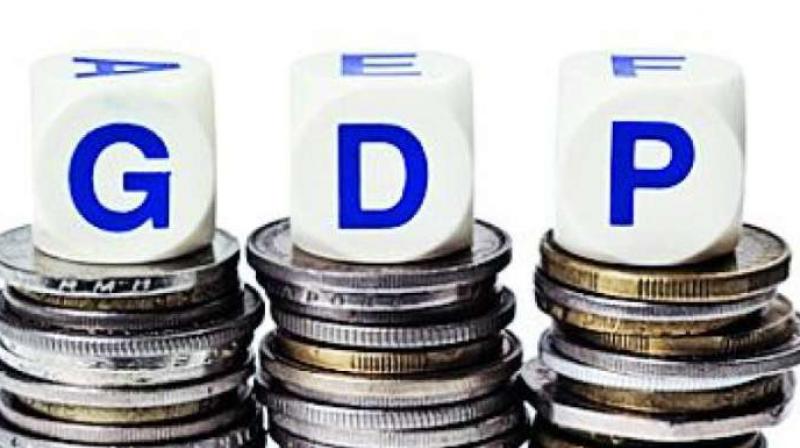Storm over GDP figures
The timing, close to the general election, lends it a deeper political overtone.

The government’s recalibration of the economy based on 2011-12 as base year may only lead to squabbling over growth rates under different governments. The nitpicking over historical GDP numbers in an exercise stretching to 2004-05 and the methodologies of arriving at those numbers has a distinct political ring to it. Economists would say the very choice of a base year could be seen as a political decision, depending on whether it was a high or low inflation year. The timing, close to the general election, lends it a deeper political overtone. Also, the data was jointly released with the Niti Aayog rather than just by the Central Statistics Organisation. The renewal of the debate on the economy is reflective of the sharp political divide, but it’s difficult to separate economy from politics.
The question is whether the exercise was timed well, although it is accepted that data were due for revision. What lent much intrigue was a recent report of a sub-committee of the National Statistics Commission that said quite the opposite on historical GDP. It’s also true that government data is invariably taken with a pinch of salt by economists. Of course, one can’t say if the government is guilty of stacking the deck as in Russia or China until independent researchers study and analyse these figures. The findings show the four NDA years average GDP growth of 7.35 per cent, trumping the 6.7 per cent of the nine preceding UPA years despite the economy’s contraction because of demonetisation. Greater transparency in recalibration would be ideal, not only to satisfy political parties but also for the nation’s sake: to know its true economic position.

